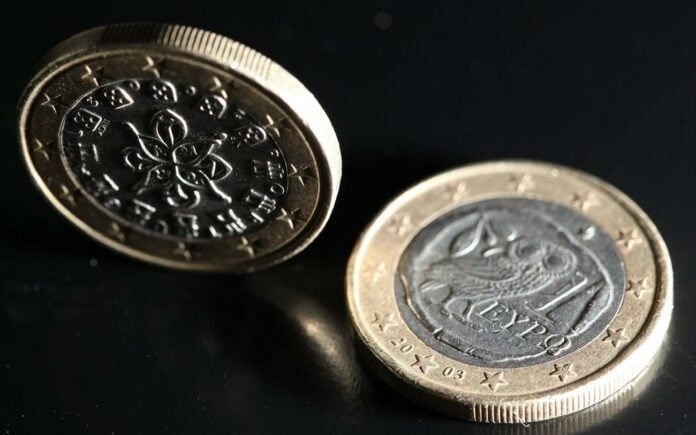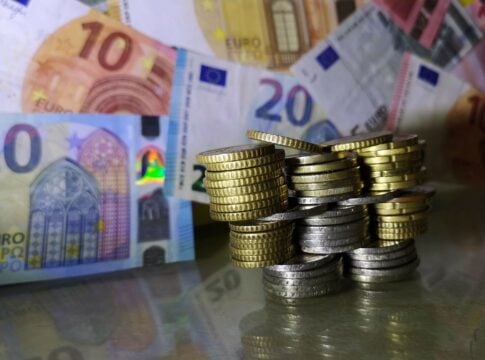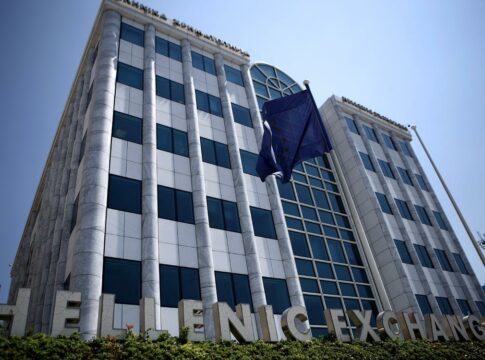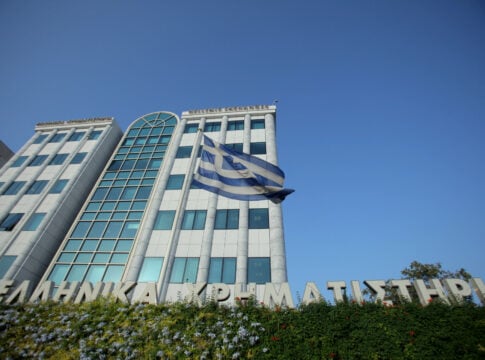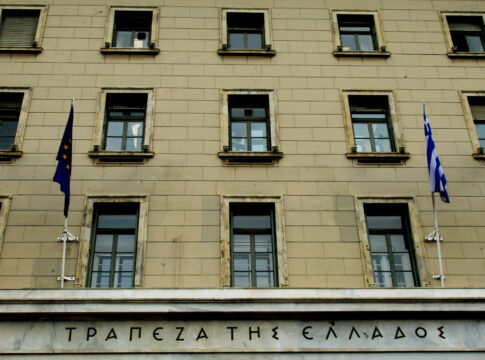By all estimates Greece’s foreign debt will reach 180 percent of GDP (320 billion euros) by the end of the year, assuming that scheduled loans from institutional creditors, worth 10 billion euros, flow into Greek state coffers as planned.
If that figure stands, then 220 billion euros of the 320 billion total debt will be attached to variable interest rates, whereas the remainder, 100 billion euros, will have a fixed interest rate.
The risk of changing interest rates on two-thirds of the Greek debt is one reason — the strictly “bottom line” factor — that the current Greek government wants to hedge its bets against any possible future hike in interest rates, a prospect that would further worsen the prospects for meeting fiscal equations.
The average interest payments per year for the 2015-59 period is, in absolute numbers, is 4.6 billion euros, although the greatest payments in interest payments are recorded in 2022, the dizzying figure of 18.3 billion euros. The lowest is 394 million euros.
Moreover, the average annual interest incurred from the debt, as a percentage of estimated GDP, is projected by the Public Debt Management Agency to 1.67 percent during the entire 2015-2059 period.


